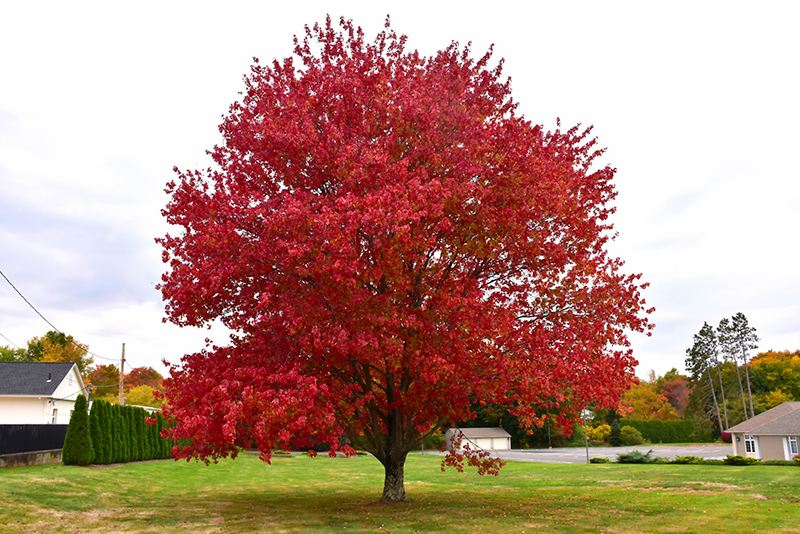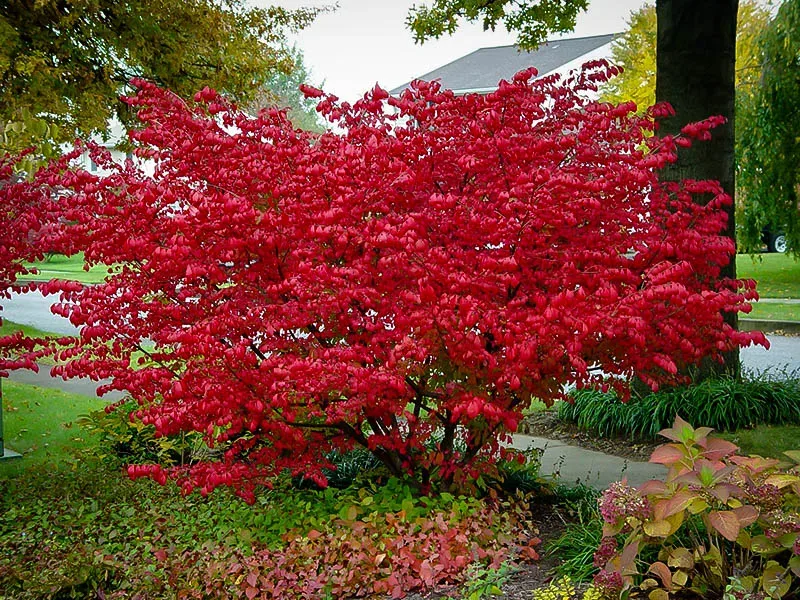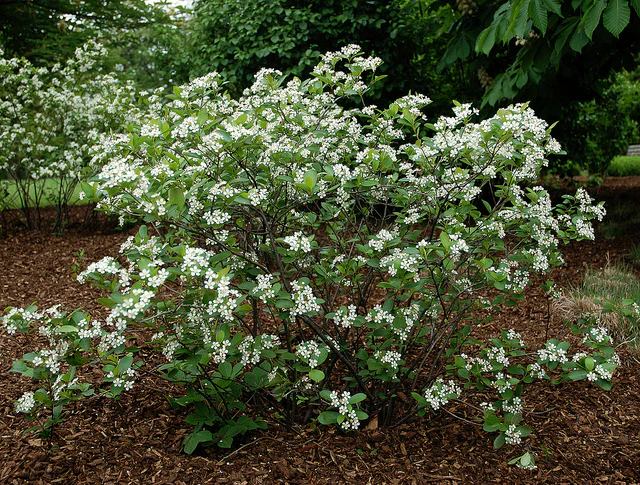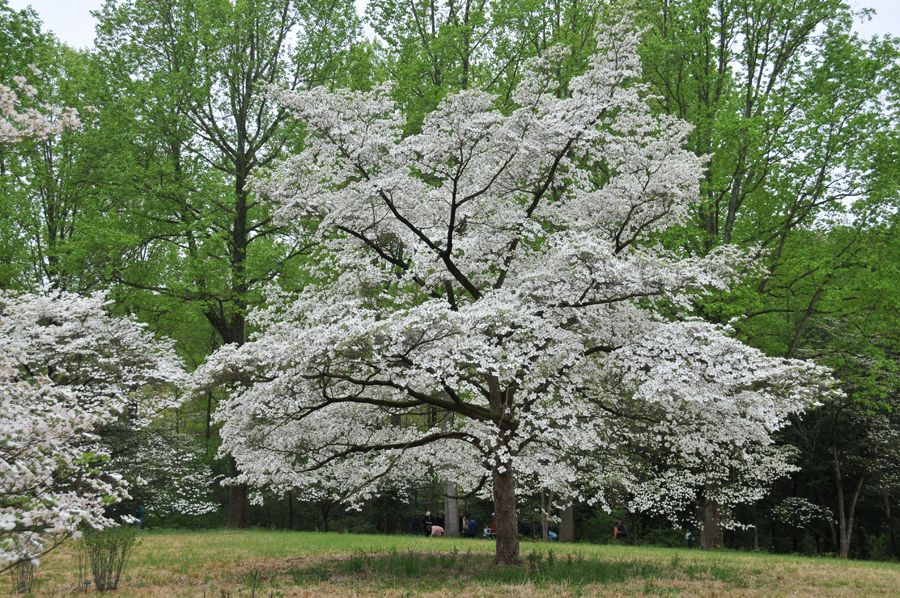New Jersey’s climate supports a wide range of flourishing plants, enabling every resident in the state to cultivate enchanting gardens bursting with vibrant blooms.
Within the landscape, one can find red blossoms that catch the eye and harmonize splendidly with various other plants boasting brilliant hues. Whether through their foliage, flowers, or berries, these captivating plants infuse a burst of color into any garden.
Here, we present six plant varieties that thrive exceptionally well in the bountiful lands of the Garden State.
1. Acer Rubrum – The Red Maple

As a rapidly growing oval-shaped tree, the red maple stands tall, reaching impressive heights of 75 feet. During the fall season, it adorns itself with breathtaking crimson foliage, captivating all who behold it.
Clusters of red flowers grace the tree in March and April, eventually giving way to its fruits. Native bees and honeybees greatly benefit from the nectar produced by these flowers, while the red maple, acting as a host for moth and butterfly larvae, promotes biodiversity. Additionally, come early spring, the caterpillars serve as a vital source of sustenance for birds.
While the red maple is often utilized as a shade or specimen tree, it is wise to keep it away from sidewalks and driveways, as its shallow roots can cause pavement disruptions.
2. Aronia Arbutifolia – The Red Chokeberry

The red chokeberry, a native deciduous shrub with multiple stems, exudes year-round allure.
In the spring, clusters of white to light pink flowers emerge, followed by lush green leaves throughout the summer, which transform into fiery orange-red shades during the fall. Adorning the shrub in autumn are vibrant red pear-shaped berries that persist into the winter, accompanied by reddish-brown bark that adds character to winter gardens.
With its upright growth habit, the red chokeberry seamlessly blends into the landscape but can still command attention when paired with coarser or finer plants.
3. Aronia Melanocarpa – The Black Chokeberry

The black chokeberry, a resilient shrub of small to medium size, stands upright with a mound-like form. In spring, it unveils mesmerizing clusters of white flowers. As autumn arrives, the foliage transitions from green to a splendid medley of red, orange, and purple hues.
While the black chokeberry’s fruit can be consumed fresh, it possesses an acidic taste, making it better suited for the creation of jams and jellies. Furthermore, the fruit serves as a vital food source for birds and other wildlife.
4. Cornus Florida – The Flowering Dogwood

With delicate branches, the flowering dogwood emerges as a small deciduous tree. During spring, it adorns itself with sizable, exquisite flowers, ranging in color from greenish-white to pink or yellow.
This native tree stands as a marvelous addition to any garden landscape, particularly as a specimen tree. As the seasons change, it produces red berries in fall, while its leaves turn a deep red before vanishing for the winter.
Thriving in partially shaded areas, flowering dogwoods prefer moist, acidic, organic soils.
5. Lobelia Cardinalis – The Cardinal Flower

The cardinal flower showcases its vibrant presence atop an upright, unbranched stem. Upon maturity, lance-shaped dark green leaves accompany tall spikes of cardinal red flowers.
Blossoming from the bottom up in clusters known as racemes, these flowers can grow to reach heights of 4 to 5 feet.
While cultivars featuring white and rose-pink flowers exist, the original variety captivates with scarlet red blooms. Regardless of the chosen variety, all cardinal flowers thrive beautifully in gardens boasting moist soil.
6. Castilleja Coccinea – The Indian Paintbrush

The Indian paintbrush, a biennial plant, forms rosettes during its initial year and later develops bloom stalks, typically in spring or early summer. Following the release of its seeds, the plant gradually declines and perishes.
Although the flower petals themselves appear inconspicuous, the sepals boast a vibrant red color. The striking red projections resembling petals are, in fact, bracts, a distinct type of modified leaf.
Indian paintbrush thrives in full sun and well-drained soil, best suited for grasslands or wildflower meadows, where it can flourish alongside other native species.